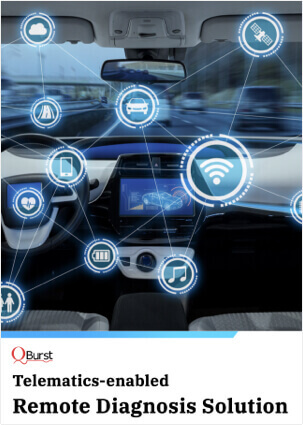Share your requirements and we'll get back to you with how we can help.
Thank you for submitting your request.
We will get back to you shortly.
Telematics-enabled Remote Diagnosis Solution
Client
Based in Europe, our client is the research and development center for one of the world’s largest manufacturers of premium and commercial vehicles. The center focuses on research, IT engineering, and product development.
Industry
Automobile
Overview
Telematics helps to improve after-sales service by providing manufacturers with real-time access to vehicle data. Telematics enables transmission of information from an automobile’s electronic control unit to a data center. The Remote Diagnosis Application is a diagnostic tool developed for telematics-enabled vehicles. Technicians use the diagnosis application to check the overall health of the vehicle. Data analysis of snapshots helps technicians to identify and fix faults. The application receives data from a host of services such as the vibration analysis application (uses in-built sensors to detect fault sources), accelerometer, gyrometer, GPS, and street drive simulations.

